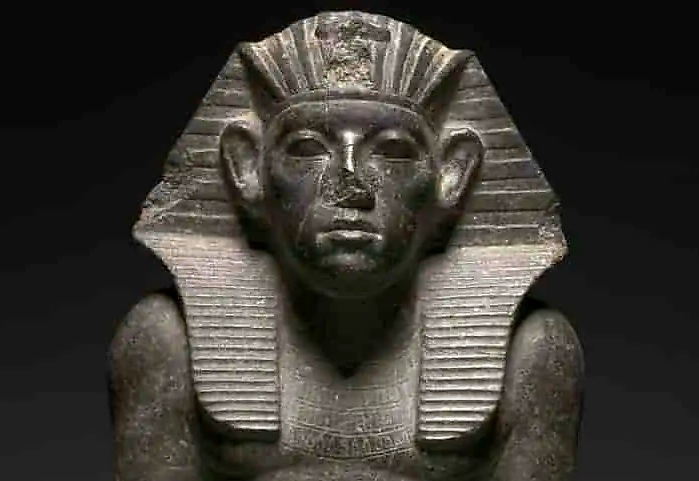?Why were so many noses of some Egyptian statues destroyed

?Why did you break the noses of Egyptian statues
?Why did the Egyptian statues break their noses
Have you noticed that there are a lot of ancient Egyptian statues that do not have a nose or have broken noses!
There is no doubt that the architecture and sculpture in ancient Egypt are among the monuments that represent the great historical value of one of the most wonderful civilizations that ever existed in history.
But experts ask themselves many questions related to the life and customs of the ancient Egyptians... Why did you break the noses of some Egyptian statues?
The ancient Egyptians had a great ability for sculpture and art in general, and their architectural ingenuity appears in building the great pyramids, the Sphinx and hundreds of wonderful temples with unique and elaborate engineering design, such as the Temple of Ramses II, in which the sun perpendicular to the face of the king on two days of the year, the day of his birth On the day you will be crowned king, and likewise, they have emerged in sculpting countless statues that praised the pharaohs, religious figures and members of high society.
However, many of these statues belonging to this ancient civilization have one thing in common which is that they do not have a nose.
You might think this is due to wear because the parts are thousands of years old, or they are simply worn out or affected by wear.
Edward Bleiberg, curator of the Egyptian Museum in Brooklyn, investigated why many of these statues had no noses.
Bleiberg discovered a widespread pattern of deliberate destruction of the most mutilated Egyptian works.
?Why only the nose
There can be multiple causes for these vandalisms and the regularity of the patterns on the damaged sculptures indicates that they were "deliberate," Bleiberg said, but why were only the statues' noses destroyed or broken and not other body parts such as the eyes?

Why did you break the noses of Egyptian statues
These statues broke their noses because many ancient Egyptians believed that statues had a life force.
"The similarity of the pattern in destroying the noses of the statues suggests that it has a benefit, which is nothing but to disrupt the power of the image or the statue," Bleiberg says.
The Egyptians gave images great power, they believed that the essence and power of a god could inhabit the image that represented him.
For this reason, it has been concluded that the best way, for them, to end the power and power of these "hostile" images is to break the nose of the statue, which is the way one breathes and sustains life. .
Although the ancient Egyptians knew that statues could not move and wander, just as it was understood that these works made of stone or wood could not breathe in the literal sense of the word.
Adela Oppenheim, curator of Egyptian art at the Metropolitan Museum of Art in New York notes:
"They knew the gnomes weren't breathing air, and they could see it...in another idea, gnomes have a vital force that is obtained through the nose, so you breathe."
?Who destroyed the noses of the statues
The belief that statues had the force of life was so widespread that it motivated various hostile believers and in perhaps different eras to extinguish this force when necessary.
"They basically had to kill him, and the best way to do that is where he's breathing," Oppenheim said.
Edward Bleiberg also notes that a series of texts from ancient Egypt describe the pharaoh's concern about the exposure of his images to damage and the measures he took to protect them from assault, and various pharaohs issued decisions with severe punishments for anyone who dared to threaten their statues.
Why are so many ancient Egyptian statues without a nose
According to the results of Bleiberg's study, the people who performed these mutilations: "They were not saboteurs and did not act haphazardly", indicate that they were skilled workers and trained in this trade due to the accuracy of the chisels.
In some cases, Oppenheim added, nature may have done such damage to the statues' noses over the years; However, you can usually tell if the nose has been intentionally damaged by looking at the cut marks on the statue.
The motives for the destruction of these statues remain unknown. However, religious, personal, criminal and mostly political reasons are believed to have been the reason to rewrite history in favor of a new pharaoh - they were the cause of this act of vandalism.

